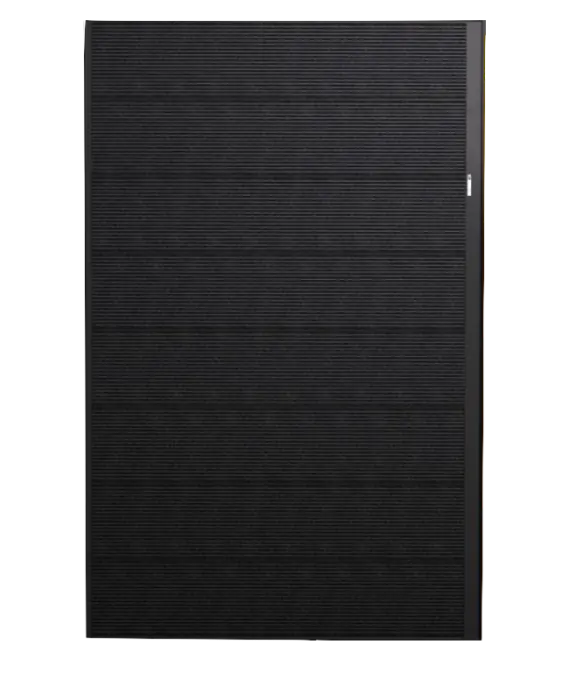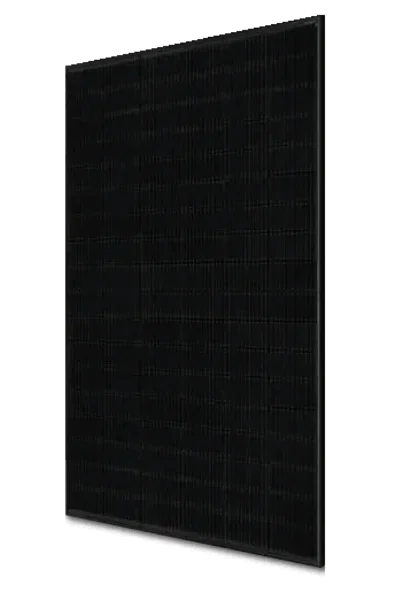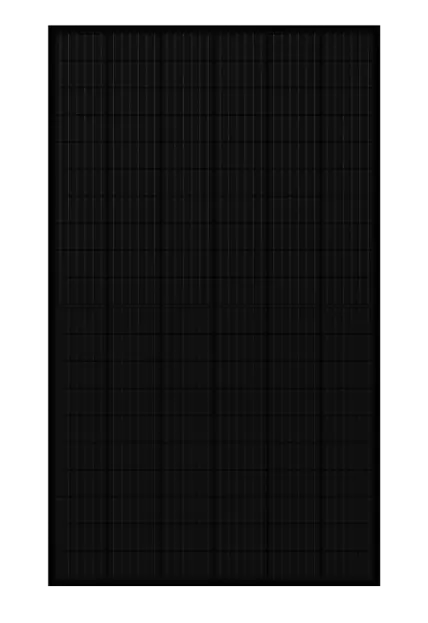How Solar PV Panels Work? Everything You Need To Know
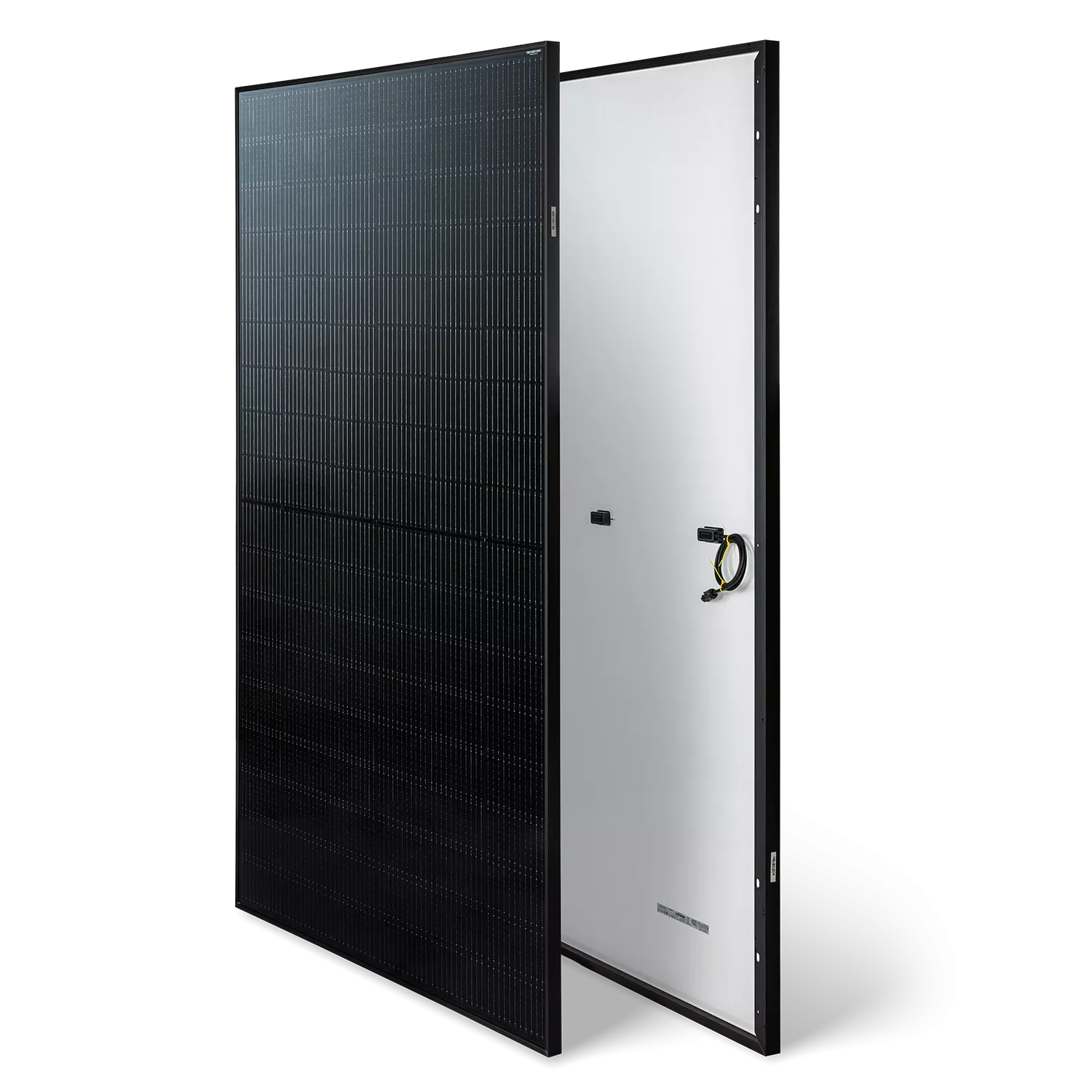
What You’ll Learn in This Guide to Solar Panels
If you’re exploring solar panels for your home or business in Texas, understanding the technology behind them is essential. This guide is designed to help you make informed decisions, whether you’re just getting started or comparing systems and installers.
Here’s what you’ll learn:
- What solar panels are and how they generate electricity
- The basics of the photovoltaic (PV) effect
- Types of solar cells used in today's systems
- How a full solar energy system works
- The solar PV panel brands we install
- Key financial and environmental benefits of solar
What is the Photovoltaic Effect?
Photovoltaics (PV) is the process of converting sunlight into electricity. The term comes from the Greek words “photo”(light) and “volt” (electricity), referring to the photovoltaic effect.
When sunlight hits materials like silicon, it excites electrons, creating an electric current. This principle is the foundation of solar cells, which power solar panels and photovoltaic systems, allowing us to harness solar energy for various uses.
As the cost of solar panels continues to fall, this technology is becoming more accessible, offering a cleaner, sustainable alternative to non-renewable energy sources and helping to address environmental challenges.
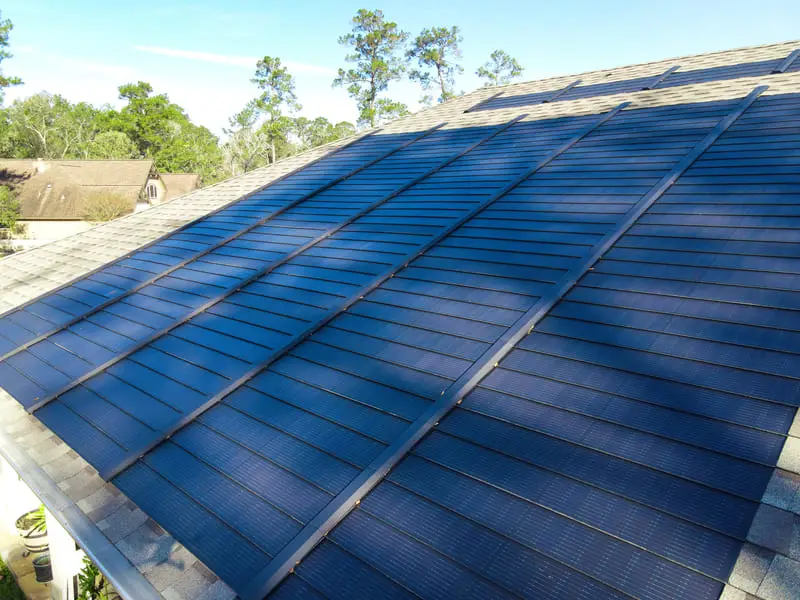

So, to sum it all up, the photovoltaic effect in solar cells work in three steps:
- Photons from sunlight penetrate the photovoltaic cell
- Loose electrons flow generating an electrical current
- The generated electric current is captured and directed through wires
How Does Photovoltaics Work?
In photovoltaic technology, semiconductors leverage the photoelectric effect. When photons, whether from natural or artificial light, penetrate a photovoltaic cell, they excite electrons to a higher energy state. Electrons in the semiconductor, typically not free, become liberated, mimicking conductive behavior. These free electrons are captured, generating an electric current. The extent to which electricity is produced is measured by the amount of light absorbed. Greater light absorption translates to increased electricity yield.
The same concept is applied to solar cells. Solar panels, composed of photovoltaic cells usually made from silicon, transform sunlight into DC electricity. PV cells, with one or two layers of semiconducting material like silicon, create an electric field when exposed to light, facilitating the flow of electricity. An inverter then converts it into AC electricity, suitable for household use.
Types of Solar Cells (Monocrystalline vs. Polycrystalline)
When it comes to understanding how solar PV panels work and harnessing solar energy, understanding the different types of solar cells is crucial. These cells are at the heart of solar panels, transforming sunlight into usable electricity. The two most common types of solar cells that are used today in residential and commercial installations are monocrystalline and polycrystalline solar cells.
Monocrystalline Solar Cells
Monocrystalline solar panels are made from a single crystal structure, offering a uniform appearance and high efficiency. Their design ensures efficient electron transport, making them ideal for space-constrained applications.
Polycrystalline Solar Cells
Polycrystalline solar cells are made from multiple crystal forms. While they are less efficient than monocrystalline cells, they are cost-effective and offer good performance and efficiency.
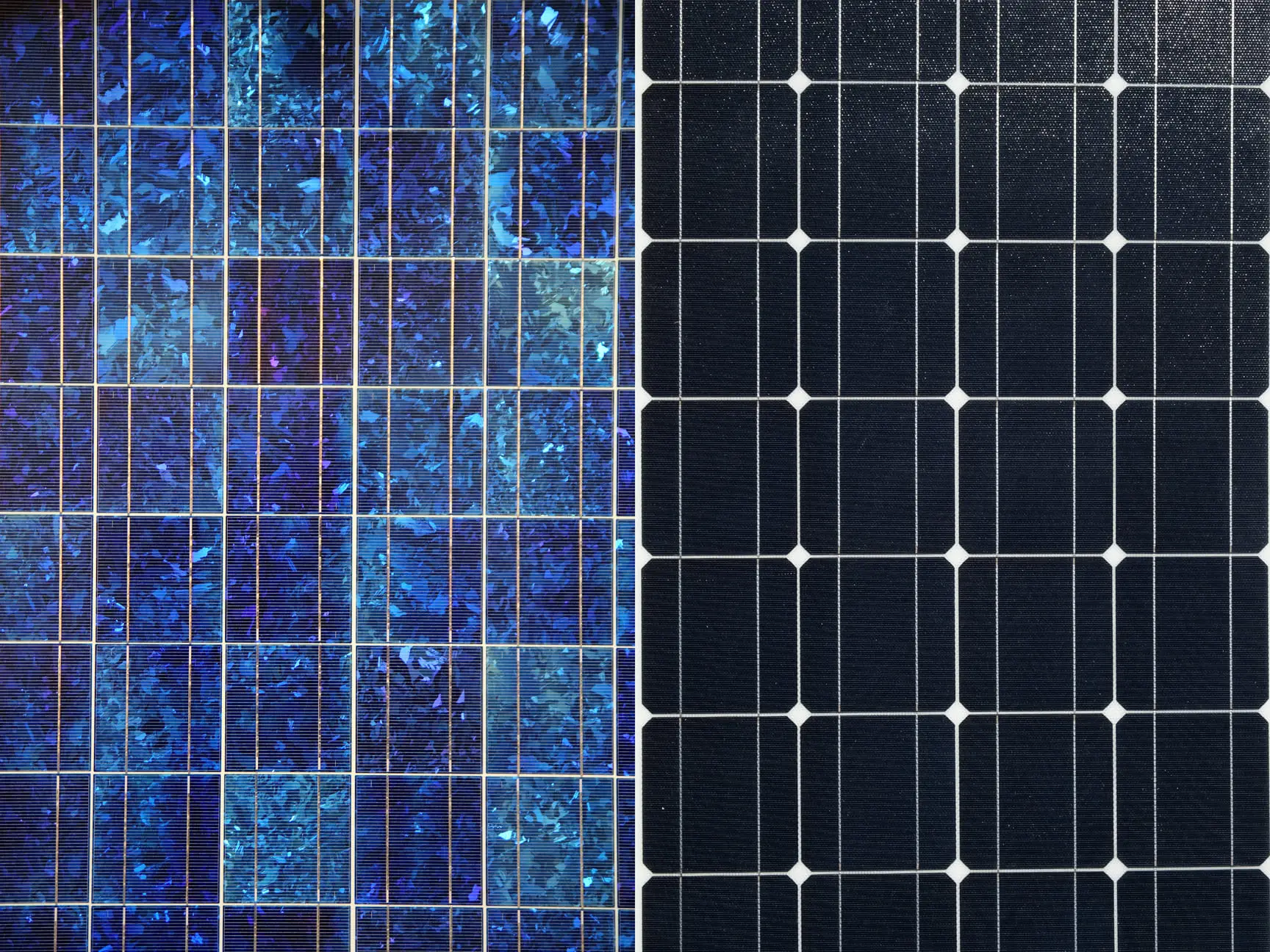
Top Solar Panel Brands We Install in Greater Houston
We partner with top Tier 1 solar panel manufacturers to provide efficient, durable systems for the Greater Houston Area. Whether you prioritize efficiency, long-term value, or affordability, we offer solutions that meet your needs.
What Are The Benefits Of Solar PV Panels?
As we move toward a sustainable future, solar photovoltaic (PV) panels are key to clean energy solutions. Understanding their benefits helps you see how they contribute to a greener tomorrow.

Renewable Energy Source
Solar energy is an abundant and renewable resource, harnessing the sun's power to provide endless, clean energy. By choosing solar, you tap into an eco-friendly source that helps reduce dependence on fossil fuels.

Reduced Carbon Footprint
Solar PV technology significantly lowers greenhouse gas emissions compared to traditional energy sources. By switching to solar, you contribute to a cleaner, healthier environment for future generations.

Lower Energy Bills
Solar energy reduces your electricity costs by generating power on-site, minimizing reliance on grid power. Plus, with tax credits and rebates, the initial investment becomes more affordable, offering long-term savings and financial benefits.
Why Now is the Best Time to Go Solar in Texas?
Now is the ideal time to switch to solar in Greater Houston, with valuable incentives, cost savings, and reliable energy solutions tailored to local conditions.
- Tax credits and rebates expire on December 31, 2025, take advantage now.
- Net metering allows you to earn credits for excess energy generated.
- Solar + battery backup ensures power during hurricanes and storms.
- Offset high electricity costs during peak summer months with solar.
- Solar panels are designed to perform efficiently in Houston’s heat.
Get Started with Solar Today!
Ready to reduce your energy costs and contribute to a sustainable future? Our team is here to help you every step of the way.

